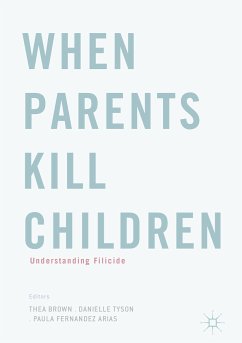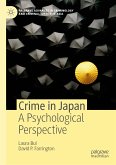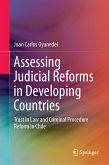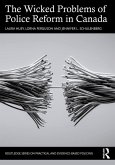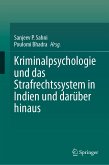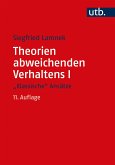This edited collection addresses a substantial gap in the existing literature on filicide by presenting the latest research from empirical investigations around the world. Despite its low occurrence, little is known about the incidences, causes and circumstances of filicide nationally and globally, and this international volume address the challenges associated with explaining and understanding filicide. Additionally, the authors also outline the role of professionals in assessing risk, and the importance of support for, and advocacy of, families of victims in the aftermath of these tragic events.
Exploring a truly diverse range of countries, from various English speaking countries, to Chile, and Japan, this book presents an authoritative look at research on filicide, and crucially, examines the programs currently being developed for both intervention and prevention. An important and well-researched collection, this book will be of particular interest for scholars of domestic violence and filicide, as well as professionals such as social workers.
Dieser Download kann aus rechtlichen Gründen nur mit Rechnungsadresse in A, B, BG, CY, CZ, D, DK, EW, E, FIN, F, GR, HR, H, IRL, I, LT, L, LR, M, NL, PL, P, R, S, SLO, SK ausgeliefert werden.

